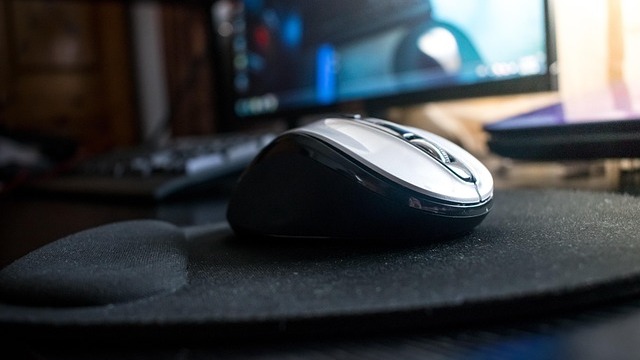
Maximizing Wi-Fi Performance for the Ultimate Viewing Experience
March Madness is not just a season of sports; it’s a time for friends and family to gather together and enjoy exhilarating games. Yet, nothing could sour the excitement of following your favorite team's every move like a sluggish internet connection. The thrilling buzzer-beaters and last-minute tips lose their luster when you face buffering screens. Fortunately, a few simple tweaks can ensure that your Wi-Fi speed keeps up with your passion for the game.
1. Choose the Right Location for Your Router
Your router's location plays a critical role in the quality of your wireless connection. A central, unobstructed area in your home typically provides the best coverage. Avoid placing your router in a basement or near walls, as these can hinder signals. Instead, elevate it on a shelf and ensure it's not surrounded by electronics that could cause interference.
2. Upgrade or Optimize Your Router
If your current router isn't up to par, it might be time for an upgrade. Routers today come packed with features that can significantly boost performance, such as dual-band frequencies and enhanced range capabilities. Furthermore, ensure your firmware is updated to leverage improvements and security fixes.
3. Reduce Network Congestion
With multiple devices competing for bandwidth in your home—smartphones, gaming consoles, TVs—the potential for congestion rises dramatically. To combat this, consider disconnecting devices that aren’t in use, or prioritize devices required for streaming during March Madness, ensuring your Wi-Fi connection flows smoothly. Some routers even allow you to configure Quality of Service (QoS) settings to manage the performance of various devices effectively.
4. Explore Wired Connections
While wireless connections offer convenience, using an Ethernet cable for critical devices like gaming consoles or computers can eliminate latency for rigid reliability. Should you be hosting a viewing party for the big day, having at least one device hardwired can slightly enhance your overall experience.
5. Optimize Your Wi-Fi Settings
Customizing your router’s settings can also bear fruit. Changing the channel on your router helps avoid interference from nearby networks. Switching to the 5 GHz band can also improve speed during high-demand, lag-prone situations, like when everyone wants to watch a game simultaneously.
Staying Connected with Other Smart Devices
In today’s smart homes, the interconnectivity of devices necessitates a strong Wi-Fi network. From smart appliances to home entertainment systems, every gadget requires a steady connection. Making the above adjustments not only enhances your March Madness experience but also ensures your entire household remains seamlessly connected.
Ready for March Madness?
Effective Wi-Fi management can transform how we engage with technology, especially during crucial moments like March Madness games. By following these simple steps, you can boost your connection and ensure no game-winning shot goes unmissed, no matter how many viewers you have in your home.
 Add Row
Add Row  Add
Add 

 Add Row
Add Row 


 Add Element
Add Element 

Write A Comment